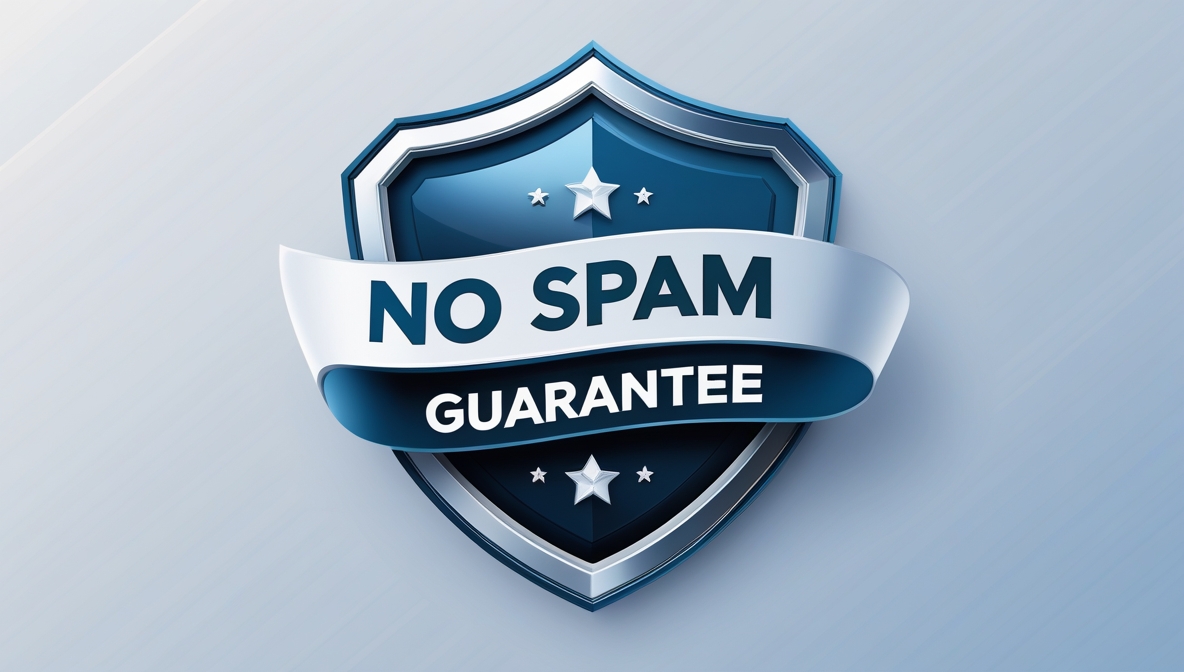This strategic enterprise architecture framework is designed to support interoperable digital integration across complex, multi-actor environments. It provides a comprehensive reference model that structures legal, organizational, semantic, and technical components into a cohesive architecture aligned with internationally recognized standards.
Its unique strength lies in its practical grounding—it has been developed from real-world implementation at scale. The framework includes clearly defined architecture views, reusable building blocks, and lifecycle-based governance methods, all modeled using ArchiMate® and structured through the TOGAF® Architecture Development Method (ADM).
This framework enables organizations to design scalable digital systems that are modular, adaptable, and integration-ready. It supports decision-making, promotes reuse, and accelerates delivery of cohesive digital capabilities across operational domains.
Developed with alignment to TOGAF®, EIRA, and ArchiMate®, the framework provides a credible, standards-based foundation for strategic digital architecture in settings where consistency, coordination, and long-term sustainability are critical.
This Will Help You…
This framework is designed to support architecture leaders and strategic planners who are responsible for designing and coordinating complex digital environments. It brings clarity to integration efforts by organizing architecture components around defined interoperability requirements and aligning them with actionable views and building blocks.
- Structure Interoperable Solutions: access to defined Architecture Building Blocks and views
The framework provides a modular library of architecture building blocks across legal, organizational, semantic, and technical domains. These help you define consistent solution architectures, model integrations, and structure interoperable systems that align with overarching design principles. - Guide Architecture Decisions: implementation supported by TOGAF® ADM and lifecycle segmentation
With clear mapping to the TOGAF® Architecture Development Method (ADM), this framework helps you navigate architecture planning phases, assess readiness, and align initiatives with long-term integration strategies. The lifecycle segmentation guides what to prioritize and when, reducing decision uncertainty. - Define Integration Requirements: use of interoperability specifications and structured viewpoints
Each architecture view—legal, organizational, semantic, technical—is paired with interoperability specifications that help you identify dependencies, align cross-system interfaces, and produce requirement sets that can be used for procurement, system design, or compliance validation. - Accelerate Reuse and Portfolio Rationalization: catalog-based components and standard definitions
By using a controlled vocabulary and standardized asset catalogs, the framework helps you identify reusable services, eliminate duplications, and support architectural reviews and investment decisions with greater transparency and traceability. - Support Scalable Governance: embedded models for coordination and role clarity
The governance section details how coordination structures and stakeholder responsibilities align with architecture segments. This allows you to define internal governance models or cross-entity coordination protocols that ensure architectural consistency as systems scale.
This framework functions as both a strategic design reference and an operational tool. It supports key phases of digital architecture planning and integration, helping you move from high-level concepts to implementation-ready models with confidence and clarity.
This framework provides architecture and IT leaders with a structured, standards-aligned model for designing interoperable digital systems that scale. It offers practical guidance, reusable components, and lifecycle-based views to support integration, governance, and long-term architectural consistency across complex environments. Built on internationally recognized methodologies, it serves as a transferable reference for aligning digital initiatives with strategic design principles.

